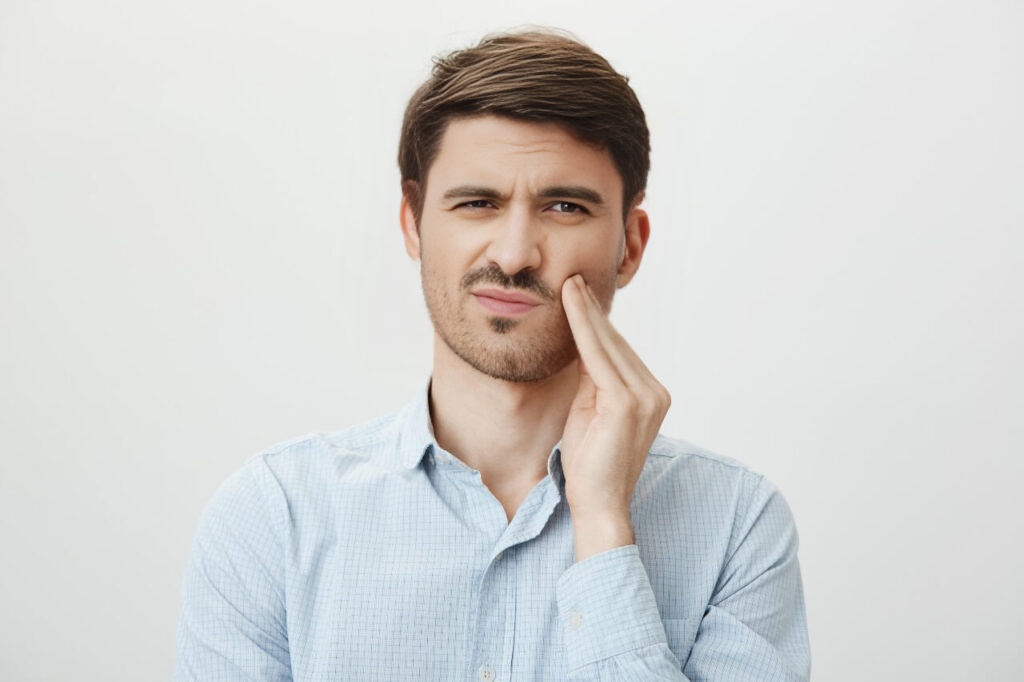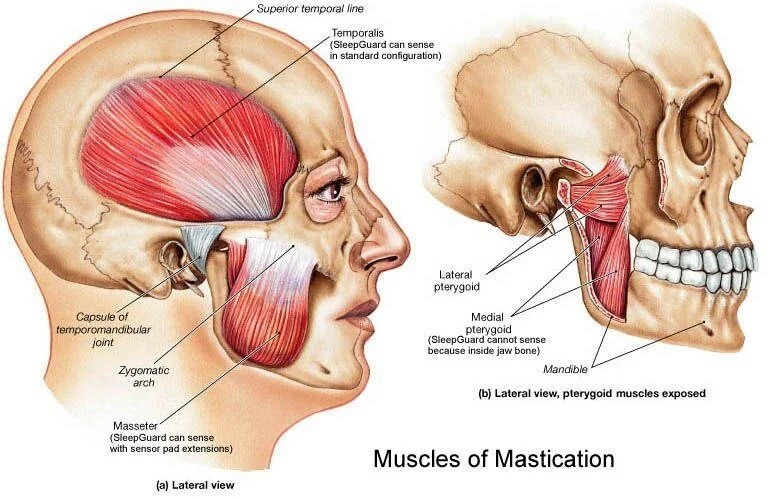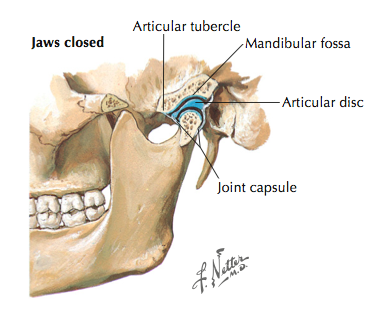Tension Headaches: Causes, Treatments, and Prevention Tips
Tension headaches are one of the most prevalent types of headaches, characterized by a dull, aching pain or pressure around the forehead, temples, or back of the head and neck. These headaches are typically caused by stress, poor posture, or muscle tension in the neck and upper back. Chiropractors provide effective treatment for tension headaches through spinal manipulation, lifestyle advice, and exercises to relieve muscle tension and correct posture.
Causes of Tension Headaches
Tension headaches primarily result from muscle tightness and strain in the neck, scalp, and upper back. These can be triggered by:
- Stress: Emotional stress leads to muscle tension, especially in the shoulders, neck, and head.
- Poor Posture: Prolonged sitting, slouching, or improper ergonomic setup at work can strain muscles and irritate joints.
- Muscle Imbalance: Weakness in the muscles of the upper back and neck places additional strain on surrounding tissues.
- Lack of Sleep: Sleep deprivation can cause muscle stiffness and tension, contributing to headaches.
- Dehydration: Insufficient hydration can lead to muscle cramps and tension, triggering headaches.
Studies of Tension Headaches for further explanations
Impact of Poor posture and Muscle Imbalance
Tension headaches, while often considered a benign condition, may actually have a significant link to musculoskeletal imbalances in the cervical spine and temporomandibular joint (TMJ) dysfunction. Misalignments in the upper cervical vertebrae can lead to referred pain patterns that mimic tension headaches. Recent studies have shown that myofascial trigger points in the suboccipital muscles and deep cervical flexors are frequently involved in tension headaches. These trigger points cause chronic tension in the scalp and neck, leading to persistent or recurrent headaches, especially during periods of stress or poor posture. Moreover, individuals with forward head posture are more prone to these headaches, as the added strain on the neck and upper back muscles contributes to muscle fatigue and spasms.
Impact of Sleep Disorders on Tension Headaches
Chronic tension-type headaches have been increasingly associated with sleep disturbances. A 2023 study published in Sleep Medicine found that poor sleep quality, including insomnia and obstructive sleep apnea, can exacerbate tension-type headaches. Disrupted sleep affects the brain’s ability to regulate pain, leading to increased sensitivity and headache frequency. Addressing sleep disorders in patients with tension-type headaches may significantly improve headache severity and frequency.
Emerging Research on Central Nervous System and Tension Headaches
Emerging research suggests that tension headaches might also be linked to disturbances in the central nervous system’s pain processing mechanisms. Chronic sufferers of tension headaches may develop a phenomenon known as central sensitization, where the brain becomes overly sensitive to pain signals, amplifying even mild stimuli into headache pain. This neural sensitivity may explain why some individuals experience frequent, daily headaches despite addressing external triggers.
Differentiating Tension Headaches from Other Types of Headaches
Tension headaches are often confused with other types of headaches, such as migraines or cluster headaches. However, there are distinct differences:
- Tension Headaches: Characterized by a mild to moderate, steady ache or tightness around the head. The pain is typically bilateral (on both sides) and is not accompanied by visual disturbances or nausea, which are common with migraines.
- Migraines: Migraines are typically more intense, with throbbing pain that often occurs on one side of the head. Migraines are often accompanied by nausea, vomiting, and sensitivity to light or sound.
- Cluster Headaches: These are rare but extremely painful headaches that occur in cyclical patterns or clusters. The pain is typically focused around one eye and can last for weeks or months.
Chiropractic Techniques for Tension Headaches
Chiropractors employ a range of techniques to relieve tension headaches:
- Spinal Manipulation: Misalignments in the cervical spine (neck region) can cause muscle tension and contribute to headaches. Chiropractic adjustments restore proper alignment, reducing pressure on nerves and relieving headache symptoms.
- Postural Corrections: Chiropractors help correct posture through specific exercises and ergonomic recommendations, addressing one of the primary causes of tension headaches.
- Soft Tissue Therapy: Massage and trigger point therapy target tight muscles in the neck, shoulders, and upper back, relieving tension that often leads to headaches.
-
Ergonomic Advice: A chiropractor may assess your workspace setup and recommend ergonomic adjustments to reduce strain on the neck and shoulders, which can help prevent tension headaches in the long term.
-
Exercise Prescription: Strengthening exercises for the neck, shoulders, and upper back can help build endurance and reduce muscle tension, which can mitigate the triggers of tension headaches.
What Can Be Done to Improve or Prevent Tension Headaches
Lifestyle changes and self-care strategies can significantly reduce the frequency and intensity of tension headaches. Some helpful tips include:
- Maintain Good Posture: Avoid slouching or hunching over screens. Keep your computer screen at eye level and sit with your shoulders relaxed.
- Take Frequent Breaks: If you spend long hours working at a desk, take breaks to stretch your neck, shoulders, and upper back every 30 minutes to an hour.
- Stay Hydrated: Drink plenty of water throughout the day to prevent dehydration, which can trigger muscle tension and headaches.
- Manage Stress: Practice relaxation techniques such as deep breathing, meditation, or yoga to reduce stress.
- Sleep Well: Ensure you get enough sleep, as lack of rest can increase muscle tension and headache occurrence.
- Exercise Regularly: Physical activity helps reduce muscle tension and improve circulation, both of which can prevent tension headaches.
Who Is Prone to Tension Headaches?
Certain groups of people are more likely to experience tension headaches. These include:
- People with Sedentary Lifestyles: Individuals who sit for long periods, particularly those with poor posture, are at greater risk due to muscle tension from inactivity.
- Stress-Prone Individuals: Those experiencing high levels of emotional or physical stress are more likely to develop tension headaches.
- Office Workers: People who work at computers for long hours, particularly in poorly ergonomic environments, are prone to tension headaches due to posture-related muscle strain.
- People with Muscle Imbalances: Weakness or tightness in neck and upper back muscles can predispose individuals to tension headaches, as the imbalance increases strain on supporting structures.
Conclusion
Chiropractic care provides an effective, non-invasive approach for treating tension headaches by addressing their root causes, such as spinal misalignments and muscle tension. Through spinal adjustments, postural correction, and lifestyle advice, chiropractors help reduce headache frequency and severity. Additionally, addressing lifestyle factors such as posture, hydration, stress, and sleep quality can further reduce the likelihood of developing tension headaches.




